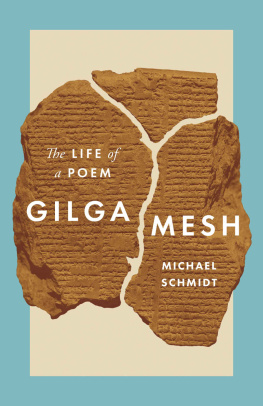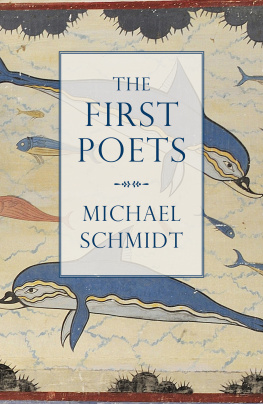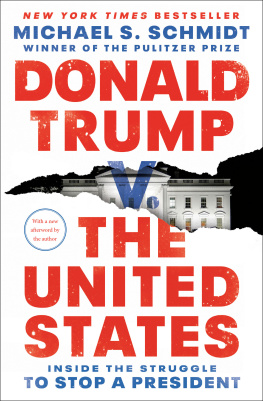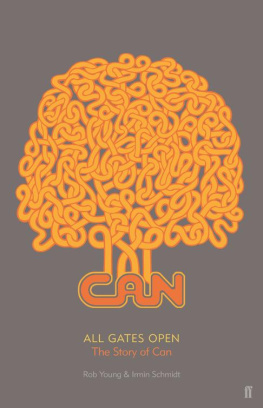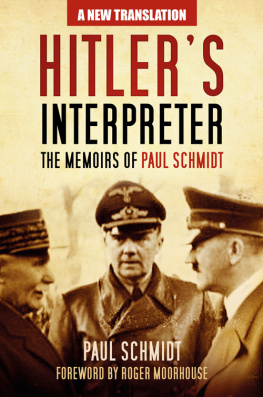THE NOVEL:
A BIOGRAPHY
THE NOVEL:
A BIOGRAPHY
MICHAEL SCHMIDT
The Belknap Press of Harvard University Press
Cambridge, Massachusetts, and London, England
2014
Copyright 2014 by Michael Schmidt
All rights reserved
Jacket design: Graciela Galup
Jacket image: Jonathan Wolstenholme, Cross References, watercolor on paper, 2003. Bridgeman Art Library.
The Library of Congress has cataloged the printed edition as follows:
Schmidt, Michael, 1947
The novel : a biography / Michael Schmidt.
pages cm
Includes index.
ISBN 978-0-674-72473-0 (alk. paper)
1. FictionHistory and criticism. I. Title.
PN3491.S36 2014
809.3dc23
2013026938
For John Coyle, John Kerrigan, and David Ward, gratefully; and for Angel Garca-Gmez
ACKNOWLEDGMENTS
I am grateful to the Institute for Advanced Study in Princeton, New Jersey, for hospitality during the writing of this book, and to St. Johns College, Cambridge, which hosted me as a fellow commoner and later as a Writer in Residence. Much of The Novel: A Biography was written while I was teaching at Manchester Metropolitan University and the University of Glasgow, where I owe students and colleagues thanks. I am especially grateful to Evelyn Schlag, for many years my first reader, who followed the book chapter by chapter; to the poet Gerry McGrath, who offered insights and patiently and severely helped me cut it back from 660,000 words to its current extent; and to my agent, Maggie McKernan, who restored my belief in the project in 2008; and to my editor, John Kulka, who sharpened its focus and suggested crucial excisions and additions. I am also grateful to Paul Abbott, Iain Bamforth, Andrew Biswell, Amy Burns, Dan Burt, John Coyle, Matthew Frost, Chris Gair, Kate Gavron, Katie Grant, Mary Griffiths, Stella Halkyard, Sophie Hannah, Edward Hirsch, Evan Jones, Stuart Kelly, John Kinsella, Nigel Leask, Christopher Maclehose, Micaela Maftei, Robyn Marsack, Cameron Maynard, Joan McAllister, John McAuliffe, Kei Miller, Sinad Morrissey, Eric Percak, Frederic Raphael, Charles Schmidt, Alan Trotter, Jeffrey Wainwright, and David Ward for suggestions and encouragement along the way. I would also like to record my thanks for the editorial overview of Maria Ascher, Kimberly Giambattisto, and Wendy Nelson.
This book has been informed by discussions stemming from articles, editorials, and lectures I have given, and in a few places touches on my Lives of the Poets (1999).
CONTENTS
Ford Madox Ford chose as his guide through the vast, haunted house of fiction not critics, experts, or theorists but artist-practitioners. He describes them as men and women who love their arts as they practice them. These people feel hot love for the books they advocate, unlike what Cyril Connolly in Enemies of Promise describes as literary die-hards, old cats that sit purring over the mouse-holes of talent in wait for what comes out. The forms their advocacy takes also illuminate their own lives and times.
Martin Amis in this respect is of Fords party, going with what he calls artist-critics, whose authority has never seemed more natural and welcome than today. They are like members of an eccentric family in an ancestral mansion Bleak House, say, with its looming portraits on the stairs. Each makes a different kind of accommodation (in both senses) with the heavy furniture, the figured carpets, the china, crystal, and silver, the spoils. Some are full of respect, some reserved, others bend double with laughter; the rebellious and impatient slash the canvases, twist the cutlery, raise a toast, and throw the crystal in the grate. Their damage is another chapter in the story.
The most penetrating insights into Cervantes are those of Fielding, Smollett, and Sterne, of Stendhal and Flaubert and Turgenev, Dickens and Faulkner and Hunter S. Thompson: not only what they say about Don Quixote, but how they incorporate the sad knight and his sidekick into their own imaginations. This buffeted figure of chivalry, his ideals resisted or thrown back in his teeth, inspired women writers, too, the American Talitha Gilman Tenney, who wrote Female Quixotism: Exhibited in the Romantic Opinions and Extravagant Adventures of Dorcasina Sheldon in 1801. Half a century before, Charlotte Lennox, who spent several years in America, published The Female Quixote (1751). In 1983 the Finnish novelist Leena Krohn published Doa Quixote, a contemporary refiguring of the types and tensions of the original.
This book, The Novel: A Biography, is told mainly by novelists and through novels. Virginia Woolf reminds us that to go from one great novelist to anotherfrom Jane Austen to Hardy, from Peacock to Trollope, from Scott to Meredithis to be wrenched and uprooted; to be thrown this way and then that. Pleasure is to be had, but stamina and creative effort are required: To read a novel is a difficult and complex art. You must be capable not only of great fineness of perception, but of great boldness of imagination if you are going to make use of all that the novelistthe great artistgives you. Between the lofty trunks of the great novels and novelists is the lower growth of the good and not so good, a forest that feeds and sustains; and among that lesser vegetation there is much that rewards attention.
In this book, the aspects of novelists lives that matter are those that cast light on their work and on that of other writers. What tips a novelist into writing? How does she or he take root in that forest at all? The Childhoods of writers are thought to have something to do with their vocations, says Margaret Atwood. What these different childhoods tend to have in common is books and solitude.
A sense of canon, though not a stable one, governs my approach. It allows me some anachronisms, when modern writers are read in a historical context, especially when their own age misvalued their work. In its first half this book follows an approximate timeline. After that there are too many geographies, too many genres and genealogies, complex, overlapping, to maintain chronology. But because the novelists are themselves the narrators and critics, by the time we do reach the chapter including Scott, for example, or James or Cather or Woolf or Martin Amis, they are already familiar companions.
Some theorists reject the idea of canons as repressive constructs. The emancipation they propose can lead to a much narrower place than the one from which it delivers us. It makes dialogue hard, depriving us of agreed-upon terms and points of formal reference. This book proposes a canon that expands and is never stable or closed, its very instability precluding the idea of evolution that bedevils conventional canonical commentary. Development is not invariably progressive, assimilative, or linear. And the novel form is not singular, even in its earliest stages. Its manifestations alter in relation to language, histories, and geography.
In writing what sets out to be a brief life of the novel in English, it makes sense as in any biography to concentrate on things that shape, distort, and reconfigure it. What are its origins? What made the novel, after its severely moral beginnings, so promiscuous? We pass lightly over longueurs that can last for decades. Then it sets out on new adventures. It has been declared dead more than once, so we attend its funerals and chronicle its afterlives.
There is for this Biography as for novels themselves the problem of beginning. I start in earnest with Sir John Mandeville, the first invented English narrator (even though his book was written in French). Some centuries later, there is the problem of ending. A line was drawn at 2000 A.D . Some younger novelists who straddle the millennium are included, tentatively. Others are present as readers. Writers like Jonathan Lethem (b. 1964) proved especially troublesome. I love his aperus, his enthusiastic contrariness. The reason postmodernism doesnt die, he writes, is that postmodernism isnt the figure in the black hat standing out in the street squaring off against the earnest and law-abiding realist novel postmodernism is the street. His boyish engagement with he-man Norman Mailer remains illuminating comedy. But in this book his novels are the future.
Next page



